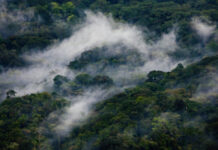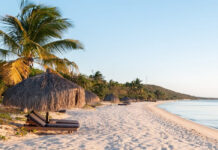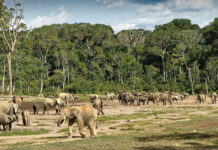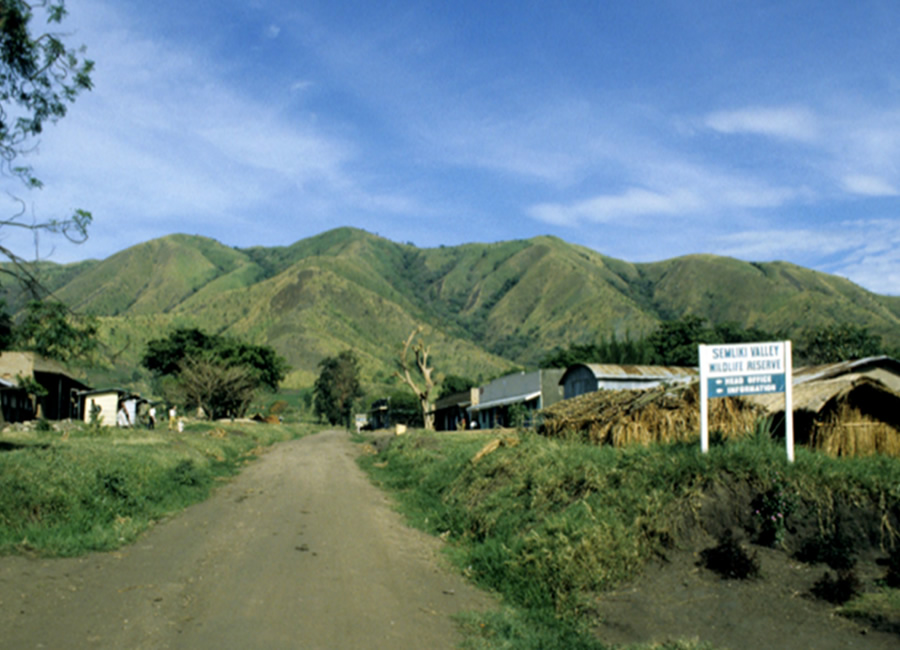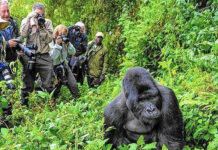Welcome to Uganda, the land of diverse landscapes, vibrant cultures, and breathtaking mountains. Officially the Republic of Uganda, Uganda is a landlocked country in the Eastern part of Africa bordered by different countries like Kenya, South Sudan, D.R. Congo, Rwanda and Tanzania.
With a total surface area of 241,038 square kilometers, the country features lots of attractions in different regions and among these include; lakes, rivers, national parks, forests and mountains. Of all the country’s destinations, mountaineering experience is regarded among the best adventure that you should not miss.
From the towering peaks of the Rwenzori Mountains to the dramatic landscapes of Mount Elgon and the Virunga volcanoes, Uganda offers a paradise for hikers and adventurers alike. In this guide, we will delve into the essentials of conquering Uganda’s mountains, providing you with valuable insights, tips, and recommendations for a memorable Rwenzori hike.
- Know Your Mountains
Before embarking on your hiking journey, familiarize yourself with Uganda’s prominent mountain ranges:
Rwenzori Mountains: Known as the “Mountains of the Moon,” this UNESCO World Heritage Site boasts some of Africa’s highest peaks and stunning glacial scenery. Located on the border between Uganda and D.R. Congo, Rwenzori protects Uganda’s highest point and Africa’s third highest– Margherita on Mount Stanley which reaches 5,109 meters with upper permanently snow-capped and glaciated upper ranges.
Mount Elgon: A massive extinct volcano with diverse ecosystems, including caves, waterfalls, and hot springs, offering both challenging climbs and scenic treks, Mount Elgon is the second highest mountain in Uganda after Rwenzori. The mountain is protected by Mount Elgon national park located in the eastern region Uganda.
Virunga Volcanoes: Straddling the borders of Uganda, Rwanda, and the Democratic Republic of Congo, these volcanoes offer adventurous hikes amidst lush forests and volcanic landscapes. These volcanoes include; Mount Nyiragongo and Nyamuragira in Congo, Mount Karisimbi in Rwanda and DRC, Mount Muhabura in Rwanda and Uganda, Mount Bisoke in Rwanda and DRC, Mount Sabyinyo in Rwanda, Uganda and DRC, and then Mount Gahinga in Rwanda and Uganda.
- Planning Your Adventure
Permits and Regulations: Research permit requirements and regulations for hiking in specific areas. Some mountains may require permits obtained in advance, especially for guided treks.
Weather and Seasons: Consider the best time to visit based on weather conditions. Uganda’s mountains experience a tropical climate, but temperatures and rainfall can vary significantly by season and elevation.
Fitness and Training: Prepare physically for your hike by engaging in regular cardio, strength training, and endurance exercises. Train with a loaded backpack to simulate hiking conditions.
- Essential Gear and Equipment
Sturdy Hiking Boots: Invest in high-quality, waterproof hiking boots with ankle support to navigate rugged terrain safely.
Appropriate Clothing: Dress in layers and choose moisture-wicking, quick-drying fabrics. Pack rain gear, a hat, sunglasses, and gloves for protection against the elements. To hike to Rwenzori summit, there are recommended hiking equipment that include; pair of crampons, ice axe, climbing boots, climbing boots, rope, harnesses, and rubber boots.
Navigation Tools: Bring a detailed map, compass, or GPS device to navigate trails effectively, especially in remote areas with limited signage.
Hydration and Nutrition: Carry an adequate supply of water and high-energy snacks to fuel your hike. Consider water purification methods for refilling along the trail.
- Safety Precautions
Acclimatization: Gradually ascend to higher altitudes to acclimatize and prevent altitude sickness. Listen to your body and recognize symptoms such as headaches, nausea, and fatigue.
Emergency Preparedness: Carry a first aid kit, emergency shelter, and communication devices (e.g., satellite phone or personal locator beacon) in case of emergencies.
Wildlife Awareness: Be aware of wildlife encounters, especially in mountainous regions inhabited by animals such as mountain gorillas, elephants, and various bird species. Respect their habitat and maintain a safe distance.
- Choose Your Route Wisely
Selecting Trails: Research different hiking trails and choose one that matches your skill level, fitness, and preferences. Consider factors such as trail length, elevation gain, and difficulty ratings. In Rwenzori mountains, there are different trails used to reach the summit and among these include the Kilembe route also known as the southern route, the Central Circuit route and then the Bukurungu route. If you are an experienced hiker, Kilembe route would be the best option and then Central Circuit route for the semi-experienced hikers.
- Respect Nature and Local Communities
Leave No Trace: As you are preparing the hike, you are advised to practice Leave No Trace principles by minimizing your environmental impact, packing out trash, and respecting wildlife and vegetation.
Cultural Sensitivity: Respect local customs, traditions, and sacred sites encountered during your hike. Seek permission before photographing people and their belongings.
- Capture the Moment
Photography Tips: Capture the beauty of Uganda’s mountains with your camera or smartphone. Experiment with different angles, lighting, and compositions to create memorable images.
Journaling: Keep a hiking journal to document your experiences, reflections, and memorable moments along the trail. Record trail conditions, wildlife sightings, and interactions with locals.
Conclusion
Embark on an unforgettable journey to conquer the Rwenzori mountains, where every step brings you closer to nature’s wonders and cultural treasures. With proper planning, preparation, and a spirit of adventure, you’ll discover the true essence of the Pearl of Africa from its majestic peaks to the warmth of its people.
This guide provides a comprehensive overview of conquering Uganda’s mountains, combining practical advice with a sense of appreciation for the natural and cultural riches awaiting hikers. Whether you’re a seasoned mountaineer or a novice adventurer, Uganda offers a hiking paradise like no other.


